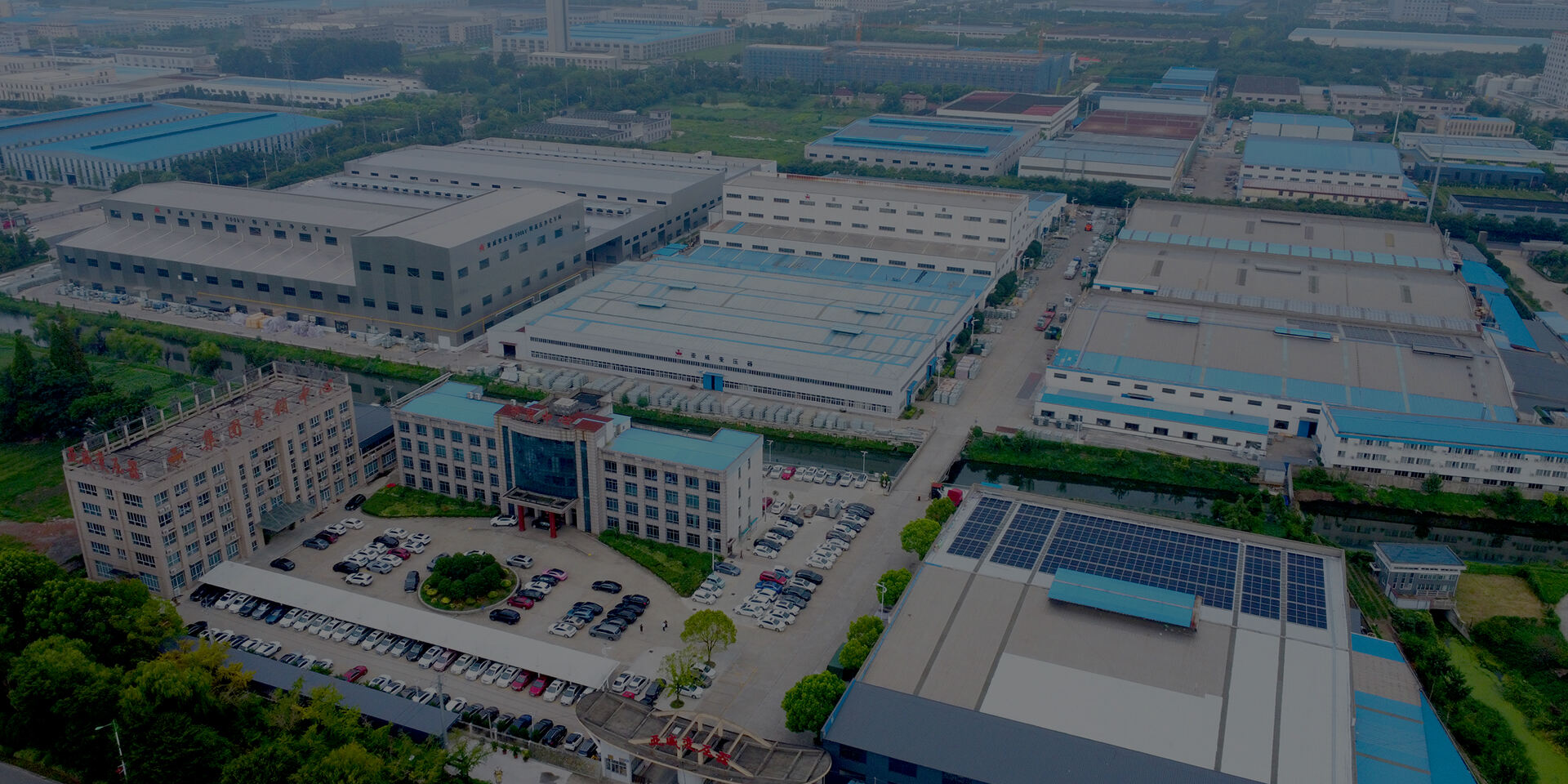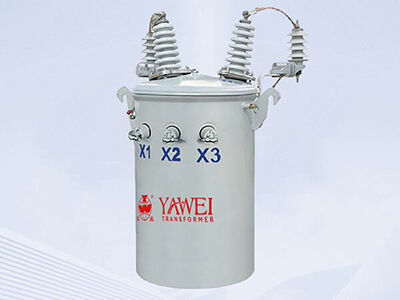Hoe enkelfase-transformators gedekentraliseerde kragdistribusienetwerke ondersteun
Hoe Enkelfase-Transformators die Gedekentraliseerde Energie-toekoms Aandryf
Die wêreld se energielandskap verskuif tans vanaf gesentreerde, fossielbrandstofgebaseerde opwekking na 'n meer onafhanklike, veerkragtige en hernubare modus. Die sleutel tot hierdie verandering is die enkel-fase transformers , dit is beslis verwyderd van verouderd, aangesien dit noodsaaklik is vir die bou van 'n buigsaam en plaaslike kragnetwerk.
By YAWEI-transformator vervaardig ons duursame en veeldoelige transformators wat as ruggraat van onafhanklike netwerke dien, en wat gemeenskappe en sakeondernemings help om beheer oor hul energiebehoeftes te neem.
Lewering van Krag aan Plattelandse en Af-net Gemeenskappe
In geïsoleerde areas is dit baie duur om aan die nasionale stroomnet te koppel. Eenfase-transformators maak plaaslike voeding moontlik en verseker universele toegang tot elektrisiteit.
Wat hulle doen, is om die spanning vanaf plaaslike bronne, soos mikro-hidroturbines of dieselgenerators, te verlaag, om seker te maak dat dit veilig en toeganklik is vir huise en klein sakeondernemings. Hul eenvoudige ontwerp en laer drywingsgradering maak hulle 'n bekostigbare opsie vir onafhanklike kragstelsels, wat betroubare elektrisiteit na geïsoleerde areas bring.
Ondersteuning van mikro-nette en Sonkrag+Opslagstelsels
Gedekentraliseerde energiestelsels is selfstandige energienetwerke wat onafhanklik kan werk, en eenfase-transformators is noodsaaklik vir hul werking.
Hulle beheer die vloei van krag tussen die sonpaneel, batteryopberging en plaaslike bedrading. Of dit nou oorskot sonenergie oordra, hierdie transformators is ontwerp om te verseker dat die spanningvlakke veilig en stabiel is. Hul kapasiteit is belangrik om energie binne 'n mikro-netwerk te balanseer.
Skaalbare infrastruktuur vir groeiende gemeenskappe
'n Gedekentraliseerde stelsel is uitbreidbaar, en u kan dit sien aan die enkelfase-transformators; in teenstelling met die groot kragstasie wat baie duur is, kan hierdie netwerk gestadig groei.
Sommige klein gemeenskappe kan begin met 'n paar grondgebaseerde transformators om hul areas van krag te voorsien, en later uitbrei soos wat die vraag toeneem. Dit is soos 'n "betaal-soos-jy-groei"-metode, wat die koste bestuurbaar hou terwyl die infrastruktuur aangepas word volgens werklike behoeftes.
Vermindering van oordragsverliese deur plaaslike opwekking
Tradisionele roosters verloor energie wanneer elektrisiteit oor lang afstande oorgedra word. Terwyl gedekentraliseerde modelle hierdie probleem oplos deur krag nader aan waar dit gebruik word, te voorsien.
'n Enkelfase-transformator verbind plaaslike energiebronne, soos gemeenskaps-solankrag wat direk na die plaaslike netwerke versprei word. Deur die afstand te verminder, help dit om energieverliese te minimeer en verbeter dit die doeltreffendheid van die stelsel.
Die YAWEI Toewyding: Bou Sluier, Gesetelde Roosters
'n Gedekentraliseerde energie is afhanklik van die betroubaarheid en aanpasbaarheid van die tegnologie. By YAWEI Transformer is ons trots om hoë-kwaliteit materiale te lewer wat dit moontlik maak.
Van enkelfase- en verspreidings-transformators tot basiese toerusting soos tenks en verkoelingsradiators, word ons produkte vervaardig om te voldoen aan die toenemende vraag van moderne roostoepassings. Deur mikro-roosts, afrooststelsels en skaalbare gemeenskapskrag te ondersteun, help ons om 'n veerkrachtiger, doeltreffender en toegankliker toekoms te skep.
Inhoudsopgawe
- Hoe Enkelfase-Transformators die Gedekentraliseerde Energie-toekoms Aandryf
- Lewering van Krag aan Plattelandse en Af-net Gemeenskappe
- Ondersteuning van mikro-nette en Sonkrag+Opslagstelsels
- Skaalbare infrastruktuur vir groeiende gemeenskappe
- Vermindering van oordragsverliese deur plaaslike opwekking
- Die YAWEI Toewyding: Bou Sluier, Gesetelde Roosters


